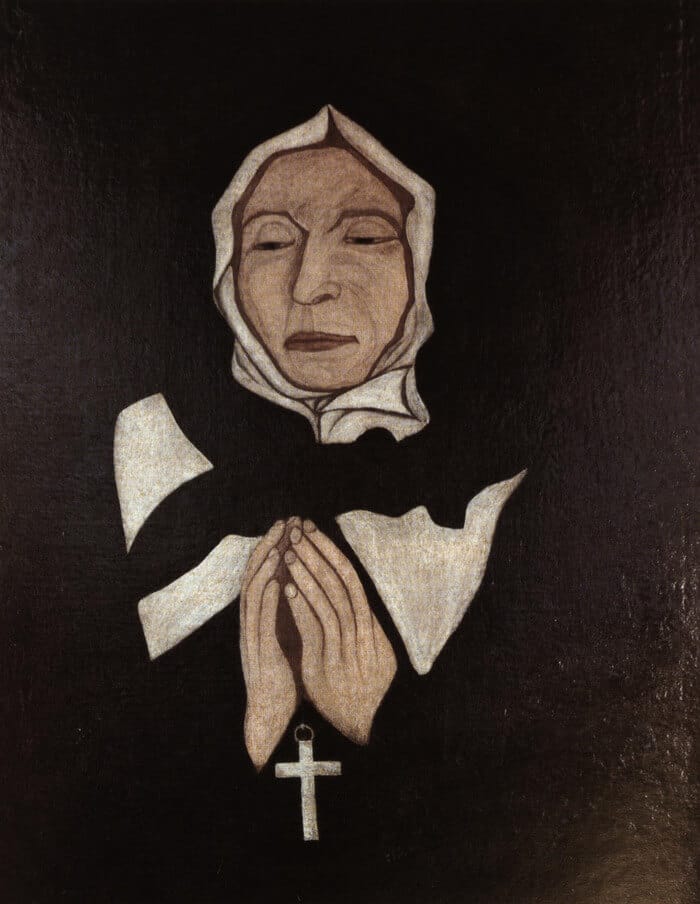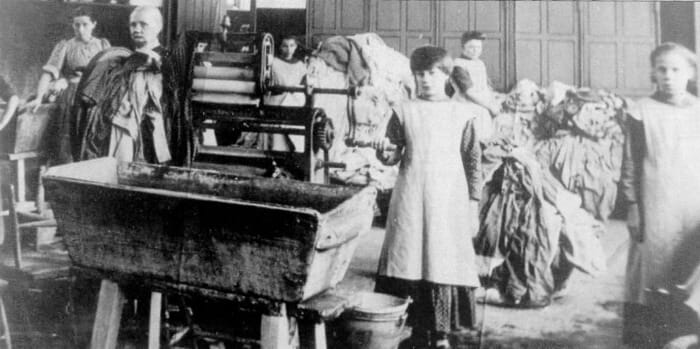Victims of Radical Medical Experimentation and Fatal Neurosurgeries
This article tells the story of the Duplessis Orphans, children who were orphaned and experimented upon in despicable ways under the guise of mental health treatments.
Introduction
One of the biggest tragedies in Montreal history was the abuse of the Duplessis Orphans during the 1940-1950s. These children were orphans, or born out of wedlock, and abandoned to the less than scrupulous dealings of the Quebec Government under the leadership of the then premier of Quebec, Maurice Duplessis.

Orphans were not mentally ill
The orphans were taken out of their sanctuaries and sent to mental institutions; yet, they were healthy children with no history of mental illness. The reason for incarcerating was financial. There were more federal government grants afforded mental institutions than there were grants provided for orphanages.
The Verdun Protestant Hospital, now called the Douglas Hospital was one of the many mental hospitals that these children were sent to.
Montreal psychiatrist Heinz Lehmann who was the head of psychiatry at the time, revealed to Quebec Magazine, L’Actualite, in 1993, that even in the ’50s the psychiatrists knew the difference between children with mental disorders and healthy children like the Duplessis orphans. Yet, these poor children were subjected to sexual and physical abuse, electroshock, straitjackets. and lobotomies.
According to the California-based investigation magazine Freedom, a Montreal physician from the Hospice St. Jean de Dieu (now Louis-Hyppolite Lafontaine Hospital) confirmed he saw Lehmann and his colleague at the Verdun Protestant hospital at the time. He has reason to believe that experimentation was going on.
This same doctor was provided samples of the drug and tried it; stopping after a few days due to the adverse effects. He was experiencing, “tremors and akinesia — a loss or reduction of normal abilities to move the body.”

Big government grants
Professor Frederic Grunberg of the University of Montreal stated that Cameron and colleagues were funded by the Dominion-Provincial Mental Health grants, administered by the Mental Health Division of the Department of National Health and Welfare.
Lehmann did conduct clinical trials of the drug chlorpromazine at the Verdun Protestant Hospital. In 1952, 500 patients or so we’re subjected to the clinical phases of drug testing. By 1957 the drug was approved for use in Canada.
Freedom goes on to say that, “Cameron also received money from Sidney Gottlieb of U.S. intelligence, architect of the various “mind control” programs that utilized coercive psychiatric methods in efforts to control human behavior.”
Both Lehmann and Cameron are celebrated psychiatrists. Their work is commendable, though many critics including the Duplessis Orphan survivors disagree.
Orphaned from birth
This Duplessis Orphans article may not be for the faint of heart. The investigate magazine Freedom recounts one of the most horrendous Duplessis Orphan experiences on record.
Montrealer Sylvio Albert Day was orphaned from birth. Mr. Day was a Duplessis Orphan who was institutionalized for many years of his life. As a teen, he performed hard labor outdoors even in the coldest winter conditions. Inside the institutions, he lived under the threat of electroshock therapy, mind-numbing drugs, straitjackets, and lobotomies. His life was a living hell.
Day maintains that for three consecutive months his job was to take the dead bodies of orphans from the operating and electroshock rooms down the Montreal hospital basement where he had to wash the bodies to prepare them for sale to the Montreal universities. The hospital in question was St. Jean de Dieu, but according to Day, it could have been any mental hospital at the time.
Mr. Day witnessed, the human rights abuses going on in the institutions. He saw children and teens used as slave labor. He witnessed the inmates drugged with chlorpromazine until they were senseless, and he saw the ravishing effects of electroshock therapy and lobotomies.
He no longer had a brain
Day’s most traumatic experience was when he was asked to transport and wash a dead body. He removed the surgically gown and cap and jumped in surprise; the dead orphan did not have a brain. The day could see the hole through his head.
Not long afterward, he was called to remove another corpse and prepare it. He could see the large holes drilled into the orphan’s skull. Finally, he was summoned to remove yet a third body; only this time, the unfortunate victim committed suicide. He hung himself to escape further torture from the hospital experimentation.
Day informs that the local embalmer told him the bodies were sold to the University of Montreal and McGill University for their parts. He was also warned he had to stay quiet or he would have serious problems ahead of him.
Day claims that he complained to psychiatrist Camille Laurin, later to become a Quebec cabinet minister. He was feed drugs so strong that they rendered him unconscious and in a vegetative state.
